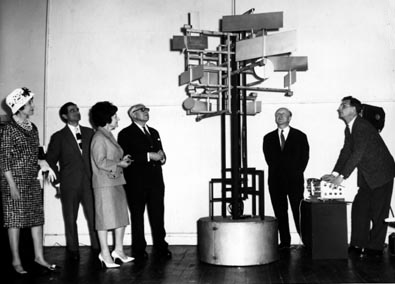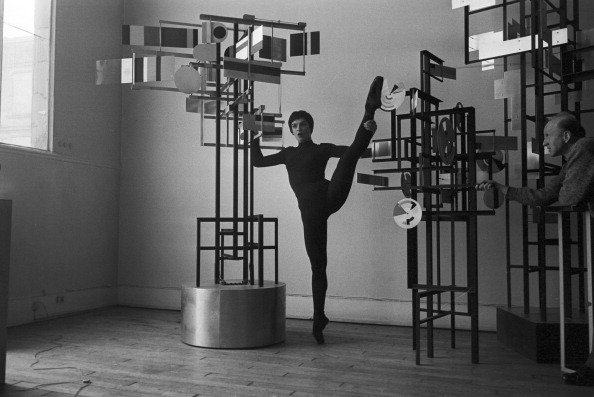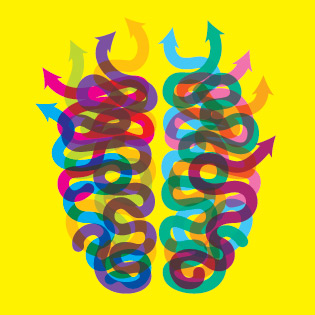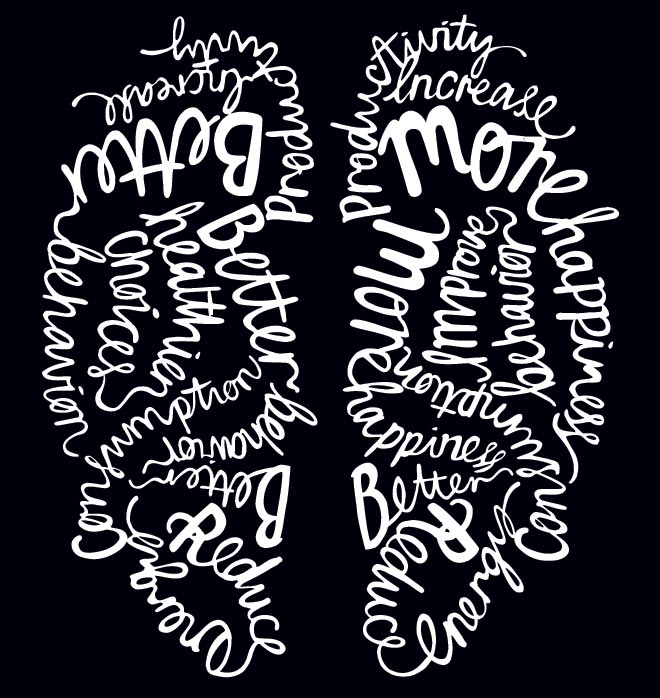

Figure 1-2. CYSP 1 (1956). Institute of Contemporary Art, Londres (1960).

Figure 3. France, 1956, Nicolas Schoffer’s CYSP (Spationdynamique Cybernetics) w/ dancer Michele Seigneuret. Manuel Litran photo.
Artist Nicolas Schoffer’s CYSP (Spationdynamique Cybernetics), is arguably the first cybernetic sculpture/structure to use electronic computations, a microphone, photo-electric cells (caught the variations in the fields of color, sound and light intensity), rollers, housing the mechanism and the electronic brain (see Fig. 1-3). Changes made the sculpture react, adapt, emit sounds and move in response (Clarke and Dalrymple Henderson, 2002). Theorist Katherine Hayles suggests that computers are also media, artifacts and artifactual systems:
“The boundary work that would put bodies on one side of a nature/culture divide and media on the other has already been rendered unstable by technologies that penetrate the body” (CTMS, 2010, pg. 153).


Figure 4-5. Feedback loops. 2011. Ulla Puggaard, Leo Jung photographs.
Cybernetics seem relevant in explorations of systems such as social, physical, cognitive or biological structures, and their constraints, possibilities, and adaptations. Systems grow, evolve and change. These changes are often reflected in feedback loops of sorts. Feedback loops have been researched a ton over the last 40-50 years (see Fig. 4-5). They have been studied in such areas as engineering, epidemiology, economics, psychology, military strategy, and environmental studies.
Katherine Hayles suggests that feedback loops “recursively cycle between and among humans and computers, between autonomous agents in simulations and the environment in which they operate, and between contemporary technologies and theories” (CTMS, 2010, pg. 153). Expanding on these notions are contemporary interactive artworks, focused on self-communication and the environment, between the subject/object polarity of artistic experience.
Alternatively, writer Thomas Goetz in his Harnessing the Power of Feedback Loops (2011), describes the implementation of new street signs, coupled with radar sensors to slow down traffic in California. Interestingly, the new signs became an effective tool for changing drivers behaviours. Specifically, in this case the feedback loop affects the behaviour of the drivers through action, information, and reaction (see Fig. 6). And more importantly, the city engineer’s created a feedback loop, that ultimately did not control people but to gave them control instead to reject, adapt, evolve and change.
According to Goetz, a feedback loop involves four stages:
- the data, a behavior or evidence.
- relaying the information to the person in a context that makes it emotionally resonant or relevance.
- the paths ahead the information illuminates, or consequence.
- the moment when the individual can recalibrate a behavior, and take action.
Figure 6. Feedback loops: How nature gets its rhythms.
Works Cited
Clarke, Bruce, and Linda Dalrymple Henderson, eds. From energy to information: representation in science and technology, art, and literature. Stanford University Press, 2002.
Goetz, Thomas. “Harnessing the Power of Feedback Loops.” Wired.com. Conde Nast Digital, 19 June 2011. Web. 14 Feb. 2016.
Mitchell, WJ Thomas, and Mark BN Hansen, eds. Critical terms for media studies. University of Chicago Press, 2010.
Works Consulted
Brown, Paul. “Autonomy, Signature and creativity.” Dagstuhl Seminar Proceedings. Schloss Dagstuhl-Leibniz-Zentrum für Informatik, 2009.
Shanken, Edward A. “Art and Electronic Media.” (2009).
Leave me a Comment
You must be logged in to post a comment.